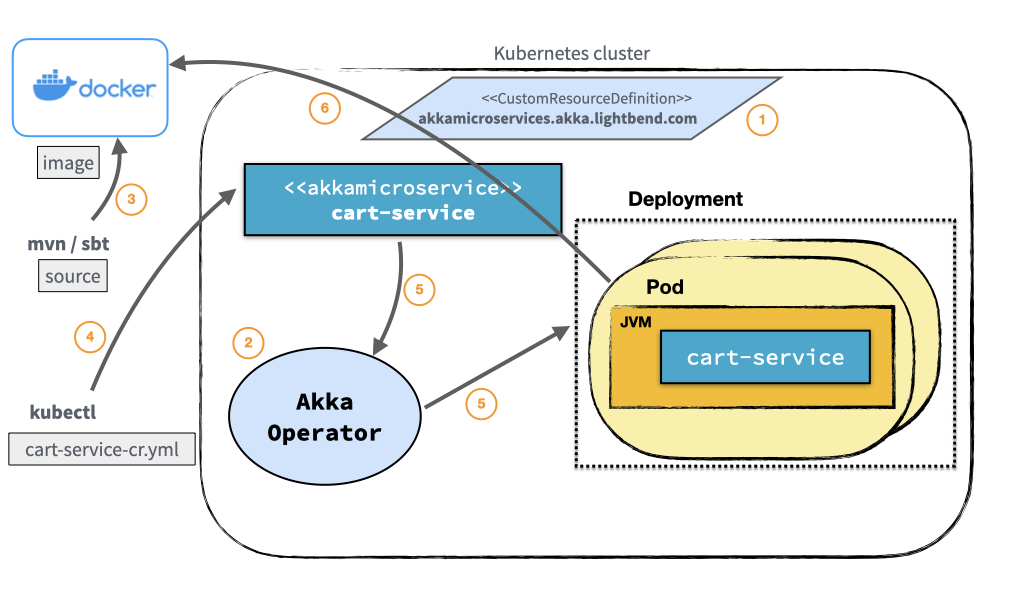Lightbend Akka Platform now on Amazon EKS
Lightbend today announced that the Akka platform it built for deploying distributed cloud-native applications is now available on the Amazon Elastic Kubernetes Services (EKS).
Mark Brewer, CEO, Lightbend, says for the first time, Akka Cloud Platform is available in the cloud along with the existing support provided for on-premises IT environments. Support for Google Cloud Platform (GCP) is planned next, followed by support for private cloud offerings from Red Hat and VMware, Brewer adds.
Brewer ultimately envisions the Akka Cloud Platform playing a major role in advancing hybrid cloud computing, by providing developers with a framework for deploying microservices-based applications spanning multiple platforms.
The Akka Cloud Platform, now available via the AWS Marketplace, is also designed to easily integrate with other AWS and third-party services, such as Kafka and Cassandra, running on the same cloud, Brewer says.
As a framework for building distributed applications, Brewer says the Akka Cloud Platform provides a level of abstraction that makes Kubernetes more accessible to developers; they no longer have to master low-level interfaces to build an application. The company claims the framework has been downloaded more than 10 million times and counts Verizon, Starbucks and Tesla among its customers.
IT organizations are increasingly anxious to build microservices-based applications deployed on Kubernetes clusters because they can dynamically scale and are generally more resilient than monolithic applications. However, many developers prefer to build applications using higher-level frameworks, such as Spring, that are not yet widely accessible for Kubernetes platforms running on public clouds. By making its Akka platform available in the cloud, Lightbend aims to close that gap at a time when the rate at which applications are being deployed in the cloud has substantially increased in response to the COVID-19 pandemic.
It’s too early to gauge the degree to which IT organizations will be deploying microservices-based applications. While there are substantial benefits, managing all the dependencies that exist within a microservices-based application can be challenging over time. However, as the number of container images used continues to increase, it’s probable we’ll see a wave of microservices-based applications, driving a variety of digital business transformation initiatives, deployed in production environments later this year. The number of those applications is likely to increase if frameworks that abstract away the underlying complexity become more widely employed.
Regardless of approach to building applications for Kubernetes environments, it’s apparent microservices-based applications will be running alongside monolithic applications for years to come. Over time, developers will increasingly slice off any functionality better-suited to reuse as a microservice from monolithic applications. The challenge, now, is identifying what elements of a monolithic application best lend themselves to being deployed and managed as a microservice.
In the meantime, IT organizations would be well-advised to proceed at a deliberate pace. While microservices are a potential boon to enterprise computing, they can just as easily turn out to be too much of a good thing if not properly constructed, managed and secured.





